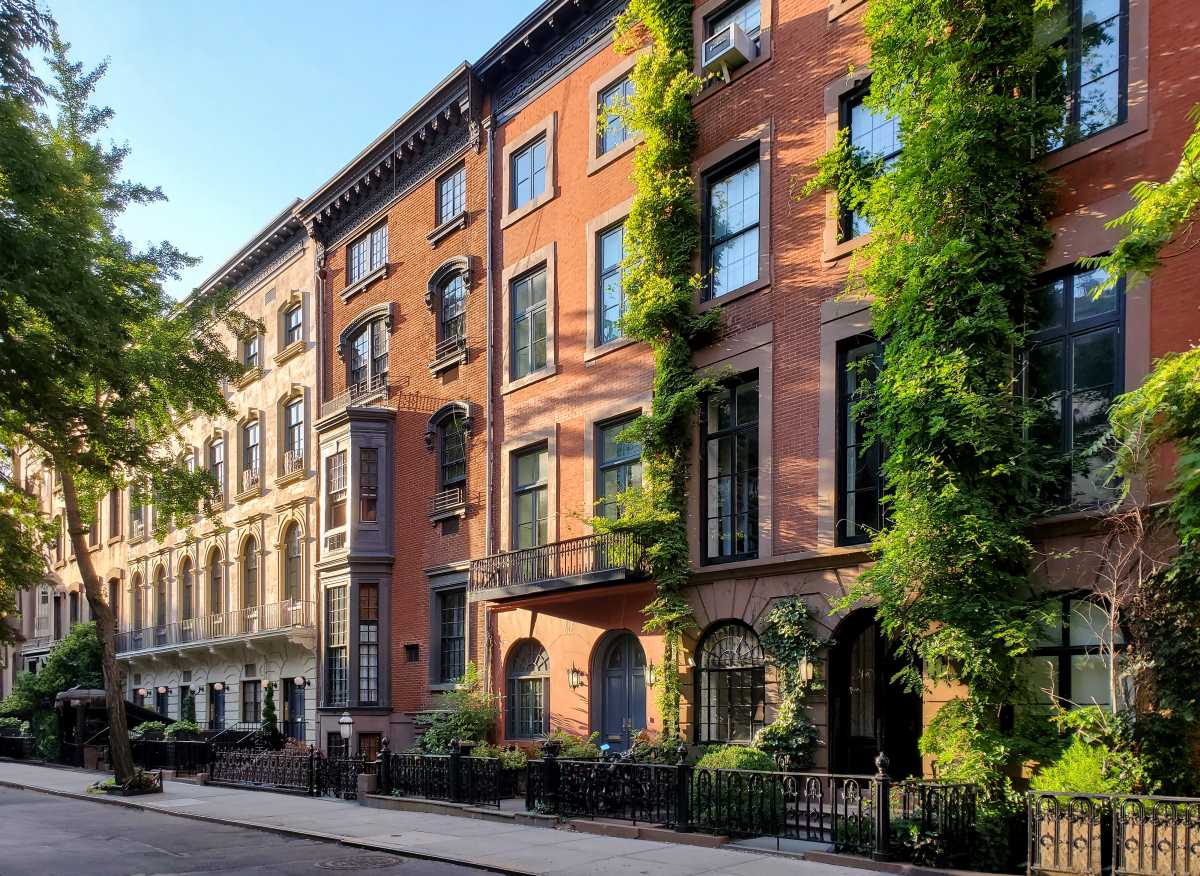
So why Brooklyn? Mayor Bill de Blasio and about every other Democratic elected official in the state are in the middle of a two-day extravaganza, pitching the borough as the hot one, the spot that is the best backdrop for the 2016 Democratic National Convention.
The mayor, Public Advocate Letitia James and Sen. Charles Schumer — Brooklynites all — are telling the DNC scouting team that the borough boosts a rich diversity, culture and vibrancy.
But this isn’t the main reason that 50,000 delegates, party patrons, political activists and members of the media should gather in Brooklyn (although most would sleep in Manhattan) two years from now — instead of, say, Philadelphia or Columbus, Ohio.
The No. 1 reason is this: Brooklyn can show the world — right now — what a postindustrial America might look like with a lot of skill and a little luck.
Between 2003 and 2012, private employment in the borough of 2.6 million jumped almost 20 percent, says State Comptroller Thomas DiNapoli.
Wages grew 42 percent during that period.
Serious crime dropped by nearly 78 percent from 1990 to 2013.
The secret? Start with New York’s embrace of immigration. Immigrants in 2012 accounted for about 39 percent of Brooklyn’s population, infusing the place with fresh ideas and an indomitable will to succeed. Then factor in our support for mass transit — a subway system that provides more than 5.5 million rides a day.
Meanwhile, along with the rest of the city, Brooklyn has done a remarkable job turning abandoned factories, docks and warehouses into parks and urgently needed housing.
Like most aging American urban centers, Brooklyn has a long way to go before its transformation is complete. And yes, its proximity to Manhattan is a tremendous plus.
But at bottom, the Brooklyn renaissance shows vividly what a smart application of Democratic ideals and classic American willpower can create.
We’ll cross our fingers.





































